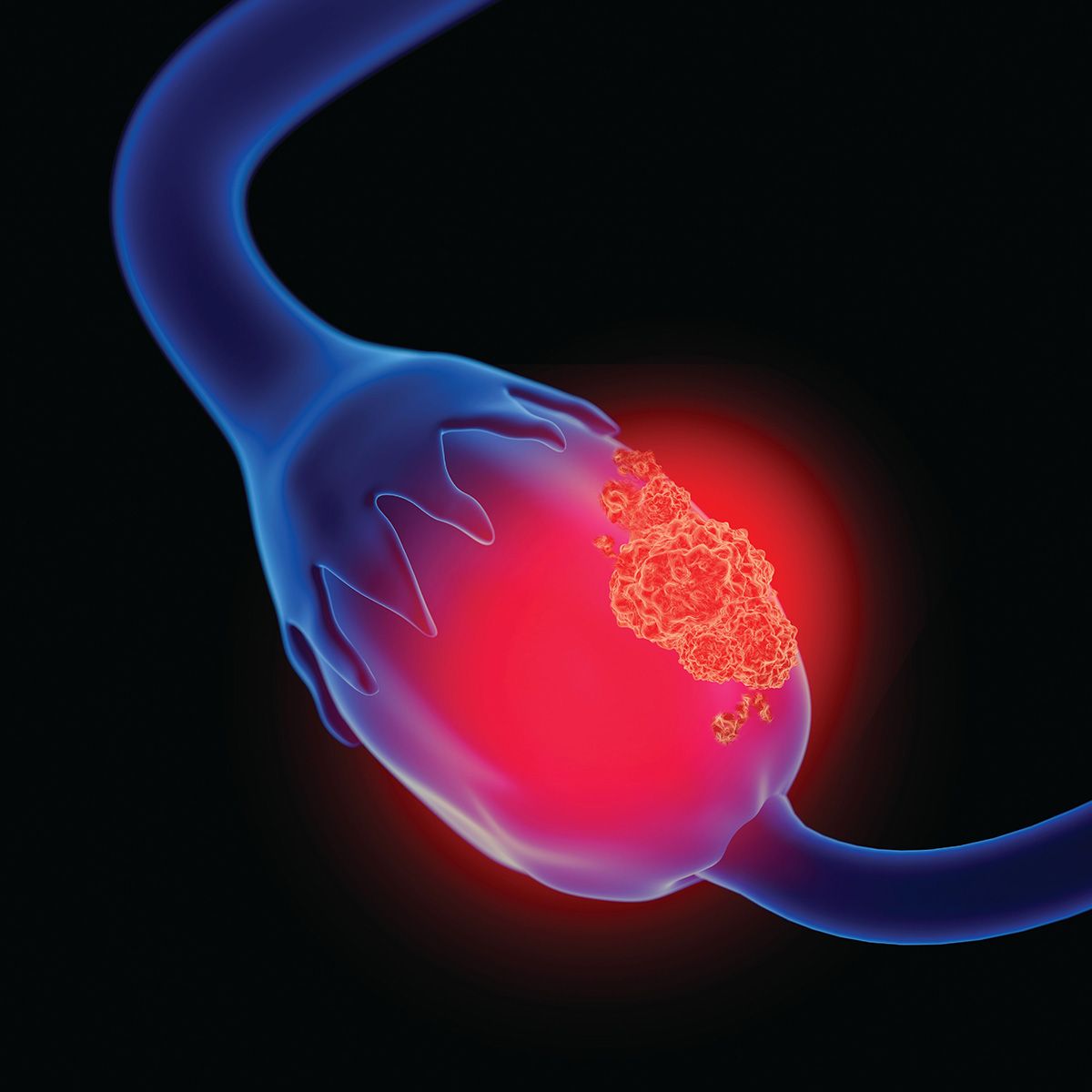Article
Maintenance Zejula Induces Antitumor Activity, Increases Survival in Advanced Ovarian Cancer
Author(s):
Meaningful improvements in survival were obtained with Zejula maintenance therapy compared with placebo in patients with advanced ovarian cancer that was newly diagnosed.
Patients with newly diagnosed advanced ovarian cancer who had measurable residual disease after first-line platinum-based therapy and who received maintenance therapy with Zejula (niraparib) obtained additional antitumor activity, according to findings from a recent analysis.
Measureable residual disease refers to a very small number of cancer cells in the body during our after treatment, according to the National Cancer Institute. This information can help cancer teams plan treatment, determine how well it is working, if the cancer has returned or to make a prognosis.
Results from the analysis of the phase 3 PRIME study presented at the 2023 American Society of Clinical Oncology Annual Meeting.
“In patients with newly diagnosed advanced ovarian cancer who had measurable residual disease after (first-line platinum-based chemotherapy), (Zejula) maintenance therapy tended to induce additional antitumor activity and led to a clinically meaningful increase in (progression-free survival) versus placebo, and those who achieved further response during maintenance treatment appeared to have longer (progression-free survival),” the study authors wrote.
Post Hoc Analysis
The analysis reported on objective response rate (the percentage of patients with a partial or complete response to treatment) and progression-free survival (the tmie during and after treatment when a patient with cancer lives with the disease without worsening) during maintenance treatment in patients with measurable residual disease at the start of the study, with an initial response being confirmed at four or more weeks.
In total, 47 patients in the Zejula arm and 26 in the placebo arm had measurable disease at the start of the study (19%).
Complete response (disappearance of all signs of cancer from treatment) and partial response (decrease in tumor size or the extent of cancer in the body from treatment) were observed during maintenance treatment among 12 (25.5%) and 15 (31.9%) patients, respectively, in the Zejula arm compared with three (11.5%) and five (19.2%) patients in the placebo arm. The objective response rate was 57.4% with Zejula versus 30.8% with placebo. Of note, the higher objective response rate was still observed with Zejula regardless of biomarker status, the authors wrote.
In addition, median progression-free survival was superior with Zejula versus placebo (22.3 months versus 8.3 months).
Lastly, severe or worse treatment-emergent side effects occurred in 28 patients (59.6%) in the Zejula group and seven patients (26.9%) in the placebo group. Treatment-emergent side effects led to treatment discontinuation in three patients (6.4%) treated with Zejula, compared with one patient (3.8%) given placebo.
The most common severe or worse treatment-emergent side effects in the Zejula and placebo arms were platelet count decreased (19.1% versus 0%, respectively), anemia (14.9% versus 0%), neutrophil count decreased (14.9% versus 0%), high blood pressure (8.5% versus 0%), gamma-glutamyl transferase increased (6.4% versus 3.8%), and white blood cell count decreased (6.4% versus 0%).
PRIME Study Background
In the phase 3 trial, investigators aimed to evaluate the efficacy and safety of Zejula maintenance therapy in patients with newly diagnosed advanced ovarian cancer who responded to first-line platinum-based therapy.
In the trial, maintenance therapy with Zejula demonstrated a significant and clinically meaningful improvement in progression-free survival (median, 24.8 months versus 8.3 months, respectively) compared with placebo. Progression-free survival benefit was seen regardless of biomarker status and residual disease status after surgery.
“However, the antitumor activity of (Zejula) maintenance therapy in patients with measurable residual disease at baseline remains unclear,” the study authors wrote.
The investigators randomized 384 patients to receive either Zejula or placebo for 36 months or until disease progression or unacceptable toxicity.
To be eligible for the trial, patients were required to be 18 years of age or older and have stage 3/4 ovarian cancer, high-grade serous or endometroid tumor, receipt of primary or interval cytoreductive surgery and a complete or partial response to first-line platinum-based therapy.
Researchers focused on several outcomes throughout the study, including progression-free survival, overall survival, time to first subsequent anti-cancer therapy and safety.
In the Zejula arm, median age was 55 years, and the majority of patients had stage 3 disease (68.1%). Further, 24 patients (51.1%) had received neoadjuvant therapy, 34 patients did not have a BRCA mutation (72.3%), 31 had homologous recombination deficiency status (66%), 37 had an optimal outcome to cytoreductive surgery (78.7%) and 34 had a complete response to first-line platinum-based therapy (72.3%).
For more news on cancer updates, research and education, don’t forget to subscribe to CURE®’s newsletters here.





